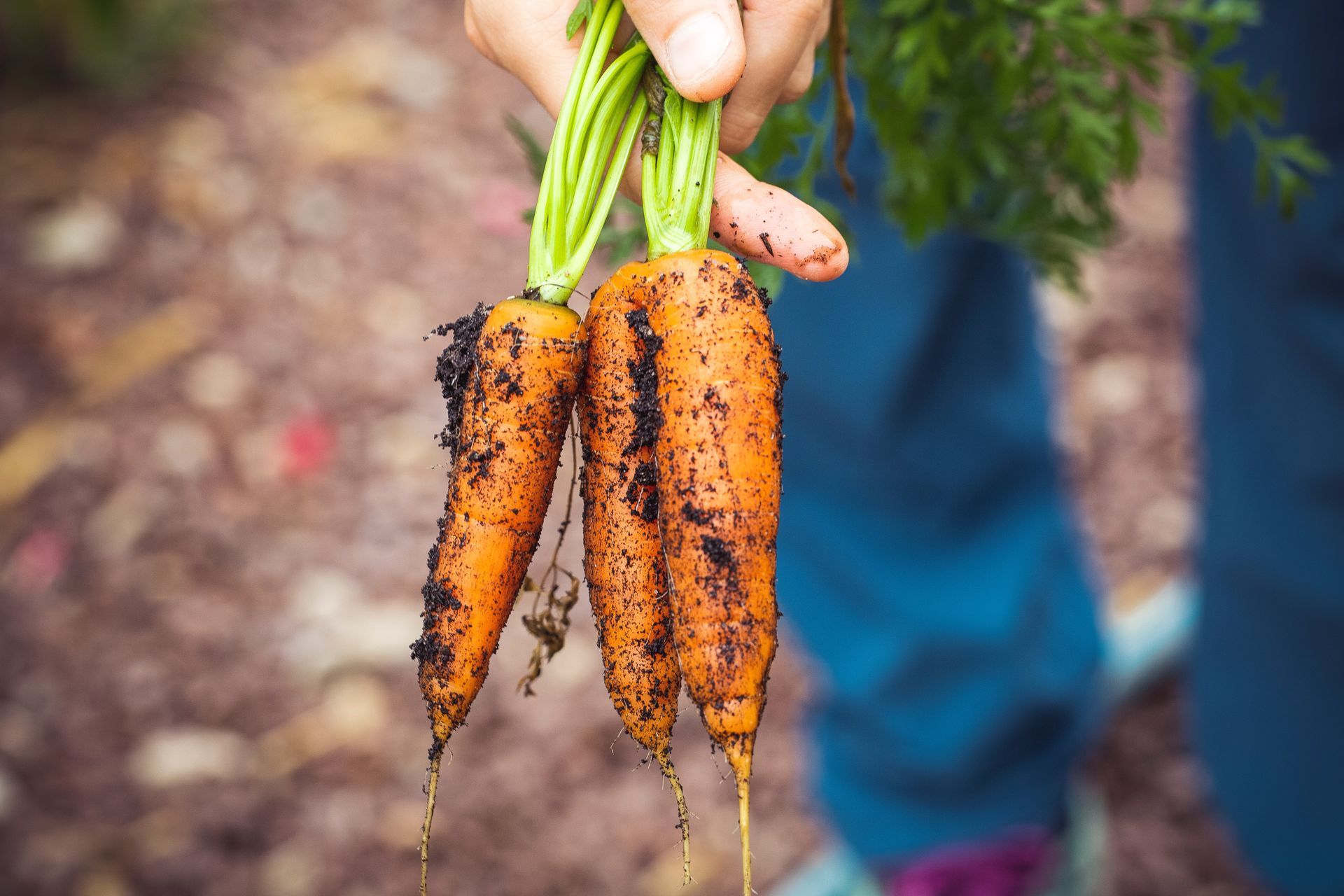Planting and harvesting in a Kitchen garden
Many people enjoy growing food in a home garden and harvesting it. Growing your own veggies, fruits, and herbs can give you a sense of fulfilment and satisfaction while also providing your family with fresh and healthy produce. Anyone can start their own kitchen garden and benefit from eating food that they have grown themselves with care and effort. This article covers everything you need to know about planting and harvesting in a kitchen garden.
Choosing the ideal location
It is important to keep in mind that all your plants require a minimum of six hours of sunlight every day. Soil type and quality also play a crucial role. Vegetables grow best in soil that drains well. If your ground is too muddy, consider raised beds or containers.
Organizing the garden
Prior to planting, choose the kinds of vegetables and herbs you wish to grow. Think about things like how much space you have, your family’s food choices, and the amount of time you can spend in your kitchen garden. You can begin with a few herb containers and gradually increase as your gardening confidence grows.
Cultivating
Depending on the area and temperature, India has many ideal planting times. In practice, planting is not recommended during the rainy season (July to mid-September) since the soil is too moist. The best time to plant is during the winter when the weather is more relaxed and the soil is dry.
Follow the depth and spacing recommendations mentioned in the seed packet when planting seeds. Following planting, keep the soil moist until the seeds have sprouted and developed roots. Mulch the soil close to the plants to keep the moisture in and weeds at bay.
Maintaining your plants
It is essential to provide your plants with proper care and attention once they have begun to grow. In particular, during dry seasons, regular watering is crucial. Use compost or all-purpose fertilizer to fertilize your plants. Another important aspect of maintaining a healthy kitchen garden is pest management. Keep an eye out for any symptoms of the disease on your plants and treat them right away if required.
Harvesting
Depending on the type of plant, different types will be required to harvest your crops and herbs. While certain plants, like tomatoes, can take months to grow, others, like radishes and onions, can be harvested shortly after being planted. For maximum flavour and nutritional content, it is important to harvest your plants at the right time.
Keeping your harvest safe
Once you’ve gathered your food, it is vital to properly store it to keep it edible and fresh. Vegetables can be preserved in a lot of ways, including pickling, freezing, and drying.
Finally, growing food in a home garden can be a fulfilling experience for people of all ages. There are many ways to make your own mini garden and experience the satisfaction of growing your own food whether you have a small balcony or a big yard. So why not try beginning your own kitchen garden right now and enjoy the benefits of fresh produce from your own backyard?
Happy Gardening!
#kitchengarden #gardening #nature #plants #gardenlife #mygarden #green#trees #vrikshaagro #agroinputs #organic #sustainability #healthyfood #soil#chemicalfree #organicinputs #farming #agroinputs #argiculture


